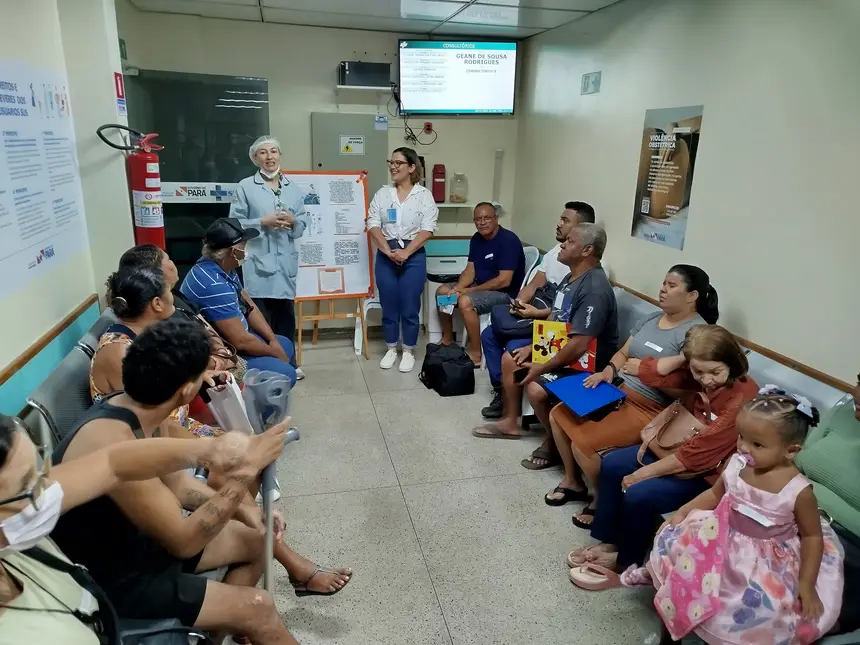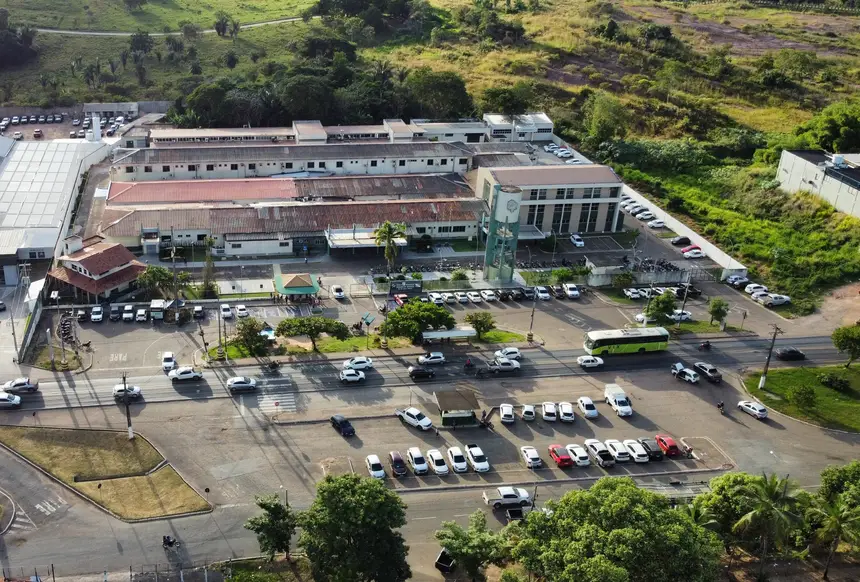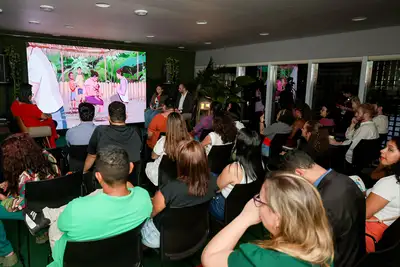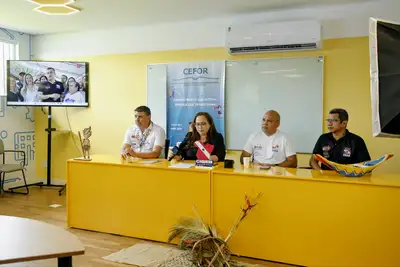Regional Hospital of Marabá achieves national recognition with ONA 2
Institutional maturity and patient safety ensure that the Unit reaches level 2 of ONA, without the need to go through level 1
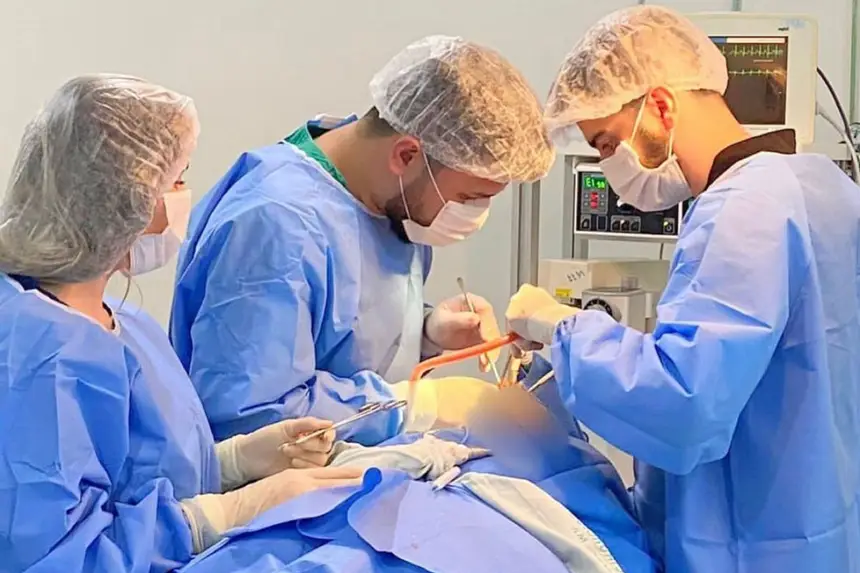
The Government of Pará celebrates this week a significant advancement for the State Public Health Network: the Regional Hospital of Southeast Pará – Dr. Geraldo Veloso (HRSP), in Marabá, has achieved certification from the National Accreditation Organization (ONA), level 2, as Full Accreditation. The recognition attests that the unit operates with consolidated processes, efficient integration, and high standards of patient safety.
The hospital had requested evaluation for Level 1. However, during the technical visit, the evaluators identified that the institution was already functioning with more mature processes than required for this stage, allowing for a direct advancement to Level 2, a rare movement that evidences institutional solidity.
The Secretary of State for Public Health, Ivete Vaz, emphasizes that the advancement of the Regional Hospital to Level 2 of ONA confirms the maturation of processes and the solidity of the assistance provided. "It is a recognition that reinforces the commitment of the Government of Pará to continuously qualify public health services, ensuring safety, organization, and efficiency for the population served," she stated.

Advancements
The Regional Hospital of Marabá is managed by the Social and Environmental Institute of the Amazon (ISSAA), in partnership with the State Secretary of Public Health (Sespa). Paula Narjara, Quality Manager at ISSAA, highlights that the hospital's performance against the 1,500 applicable requirements for large institutions reveals the solidity of its structure and practices. According to her, the direct advancement to Level 2 reflects a work built with technical rigor, ethics, and institutional commitment.
"I express my gratitude to all collaborators, service providers, hospital leaders, and the management team of ISSAA. Advancing directly to Level 2 is a milestone for the institute and reinforces the maturity of the work developed in our services. This achievement is the result of a collective effort, built with daily dedication and a deep sense of public responsibility," emphasized Paula.

The administrative director of ISSAA, Rodrigo Moreira, emphasized that the result expresses the evolution of the management adopted at the unit and consolidates the institution's history of qualifications. "The ONA 2 certification confirms that the hospital has achieved a greater degree of integration between areas, process efficiency, and continuous improvement. It is a technical recognition that demonstrates the management's commitment to strengthening a safe, transparent, and quality public health model. This is the seventh ONA certification achieved by ISSAA, a milestone that reaffirms our responsibility and the maturity of our management model," he explained.
Assistance complexity and regional coverage
The certification also recognizes the robust structure of the hospital. Care is 100% SUS, with 135 beds, including 97 clinical admission beds and 38 Intensive Care Unit (ICU) beds distributed among Adult, Pediatric, and Neonatal. The unit also offers services in Hemodialysis, Hemodynamics, and Oncology.

For the executive director of the hospital, Flávio Marconsini, the accreditation consolidates a path that has been continuously built by the institution. "The certification represents the recognition of the seriousness with which we conduct our assistance. It confirms that our teams work in an integrated manner, following protocols and maintaining a permanent focus on safety and quality of care. It is a milestone for the hospital and for the entire region," explained the professional.
The hospital is a reference in a wide range of specialties, including: ophthalmology, otorhinolaryngology, cardiology, anesthesiology, urology, neurosurgery, orthopedics, nephrology, high-risk obstetrics, maxillofacial surgery, general surgery, pediatric surgery, reconstructive plastic surgery, and vascular surgery.
In addition, it offers essential complementary services: radiology, infectious diseases, medical and surgical clinics, nutrition, physiotherapy, occupational therapy, a structure that ensures comprehensive, safe, and humanized care, at different levels of complexity.
Text by Ederson Oliveira


